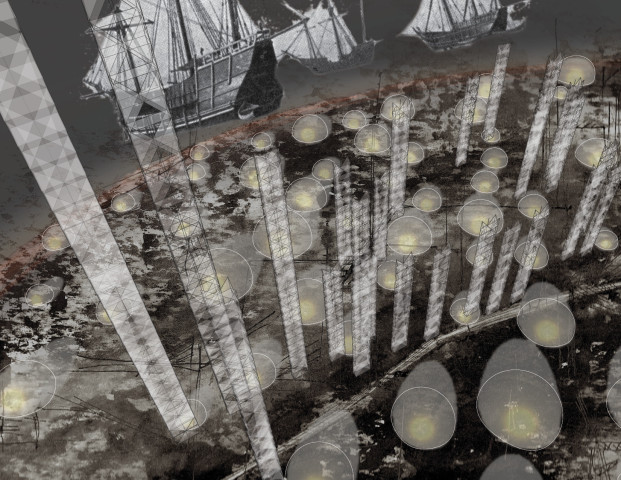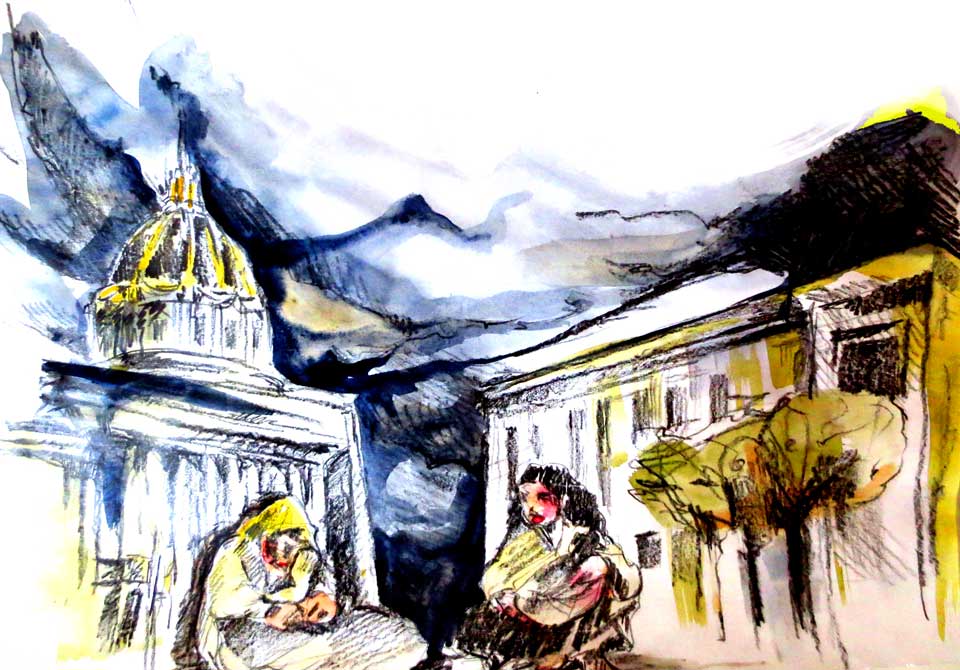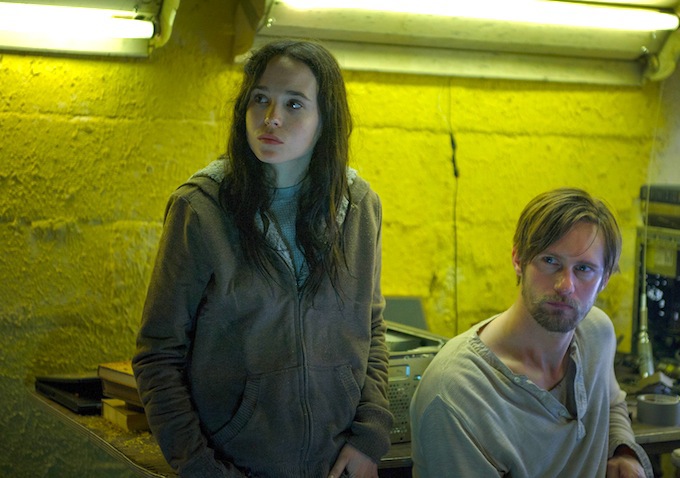Is interstellar space travel a Western, colonialist fantasy?
considered:
Interstellar (2014)
Directed by Christopher Nolan
Starring Matthew McConaughey, Anne Hathaway, Jessica Chastain, Michael Caine, Bill Irwin, and Ellen Burstyn
The collective consciousness of Wikipedia, in their plot summary of Interstellar, wrote1 that the film’s version of the USA depicts an “agrarian, stateless society.” In Nolan’s not-so-distant-future, America is ravaged by Dust Bowl-size superstorms, crop failures are abundant, and Big Government is a thing of the past—indeed, there’s hardly any government at all, save an allusion to a “federal” textbook. In this world, where the conspiratorial, anti-government pundits seem to have won, the moon landings are widely regarded to have been faked. (Professional conspiracy-mongerers like Alex Jones and Glenn Beck have reason to smile at this.) Continue reading



